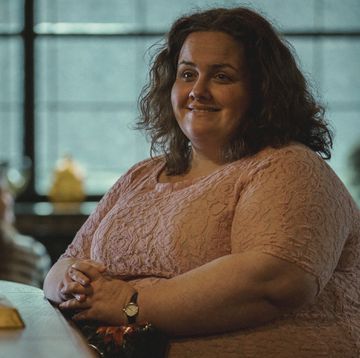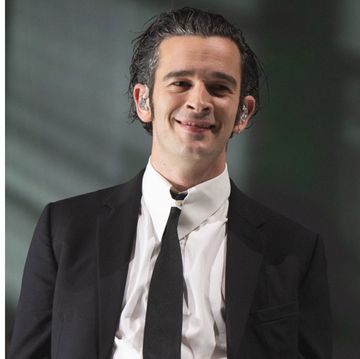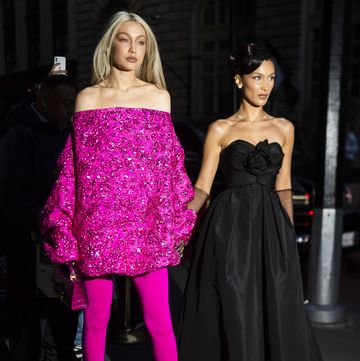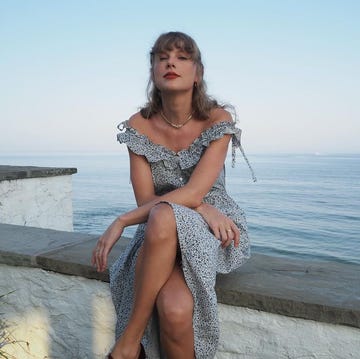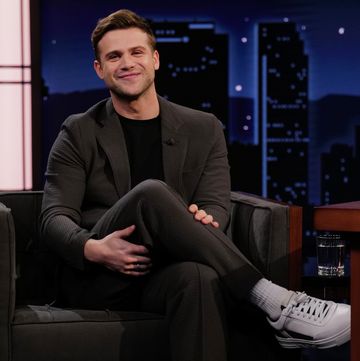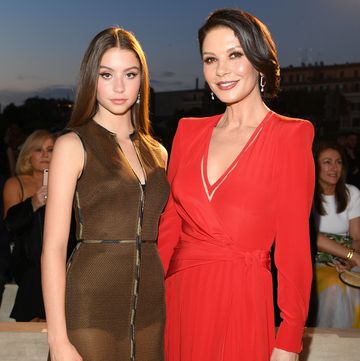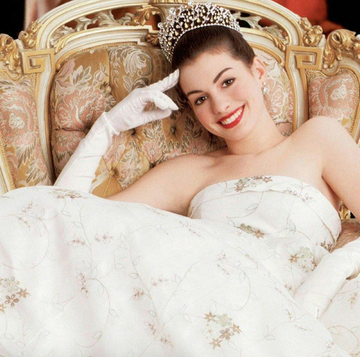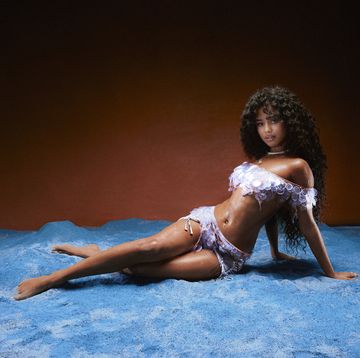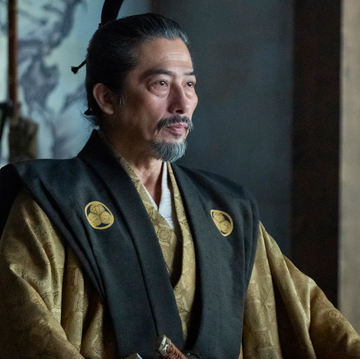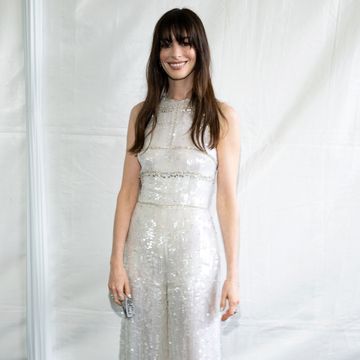MTV was a lifeline in mid-Nineties rural England.
When a satellite dish was erected on the side of our house, it was like a mainline to a universal drug.
Doped up on music videos, trash visuals and a new music genre called grunge, I began to discover pop culture. I didn’t own a mobile phone until 1998 or have access to the internet until I went to art school, so MTV, record covers and magazines were how my friends and I bonded.
I discovered the ‘gender terrorists’ that became hugely influential to me via the Nineties alt rock scene. Kurt Cobain smashed up guitars wearing paisley dresses and smudged red lipstick. Brian Molko from Placebo wore tight black frocks, finished off with a cropped raven black bob, very similar to Uma Thurman's in Pulp Fiction.
Reading NME and watching MTV provided an essential cultural education. These men fed my imagination just as I was hitting puberty. Walking around my village with long blue hair and wearing a bright green leather womenswear jacket did raise some eyebrows, but seeing other men in the public eye dressed as women gave me something I could relate to.
Ryan at 18 years old
Since David Bowie died in January this year, I’ve been thinking about how music and gender expression fit like a hand in a glove.
In the Seventies, New York Dolls, Ziggy Stardust and Marc Bolan dazzled us with sequinned space-rock androgyny, wearing asymmetrical jumpsuits and feather boas.
Patti Smith modelled for photographer Robert Mapplethorpe in men’s white shirts and cut her own hair in the style of Keith Richards.
Grace Jones and Sylvester provided an alternative to mainstream disco while performing in New York's iconic Studio 54.
Glitter, platforms shoes and lycra could be found in anyone's wardrobe, regardless of gender or pop star status.
The ‘gender benders’ of the Eighties, heavily influenced by the decade before, carried this exploration further and pushed an alternative image into the front rooms of the nation by way of programmes like Top Of The Pops.
Boy George sang Cultures Club's Do You Really Want To Hurt Me dressed part Kabuki clown, part white rastafarian, championing a camp reggae style.
Annie Lennox whipped us into submission with her masculine cropped orange hair, wearing men's business suits and oversized sunglasses. They and many others used styling and make-up techniques usually synonymous with drag and cabaret performers to subvert gender and make it their own.
And this year we saw a transgender singer called Jordan Gray participating on BBC One's The Voice.
Her standout performance was a cover of Shake it Out by Florence And The Machine. Cutting a striking figure in a flame-red suit and dancing barefoot in rose petals, the production echoed one from New York dance company, Pina Bausch.
Jordan is the latest in a long line of musical lineage brave enough to challenge gender roles and beauty ideals, as well as be represented on a mainstream platform.
Rhyannon Styles on Instagram
Rx

